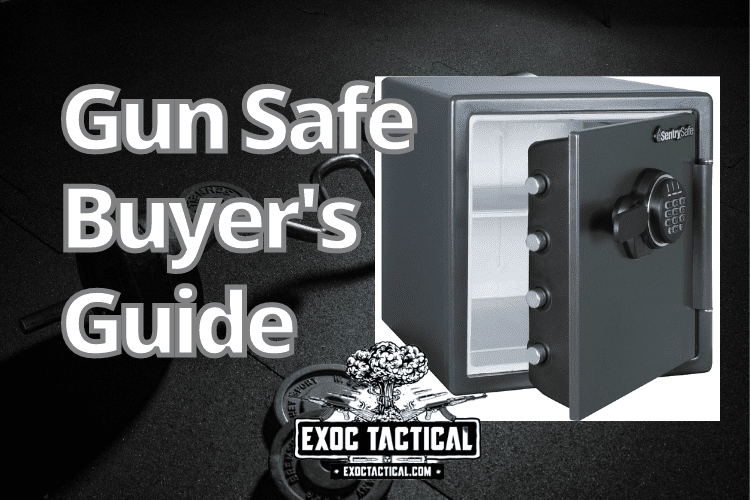In this article, we will delve into the nuances of seeking out the perfect location for installing various gun safe types; from compact pistol safes to large rifle safes.
For many gun owners, a gun safe is not just a storage unit… it’s a primary component of their home defense strategy.
A critical aspect often overlooked is the location of gun safes in your living space. This decision isn’t merely about finding a corner in your home to tuck away your firearms.
It’s about integrating safety, accessibility, and tactical considerations into your daily environment, whether you reside in a cozy apartment or a sprawling two-story house.
Where you decide to bolt down your gun safe can significantly impact your response time in an emergency!


Best Gun Safe Locations Within A Home
The conversation around where to install gun safes often revolves around theft prevention and space optimization, while the aspect of tactical advantage is seldom brought into the limelight.
Imagine a scenario where every second counts, and your ability to access your firearm swiftly and safely could mean the difference between life and death.
This is where the strategic placement of your gun safe comes into play, blending the elements of accessibility and discretion seamlessly.
The ideal placement of a gun safe should offer a tactical edge, ensuring that you are not left vulnerable in any situation.
This involves considering lines of sight, ease of access, and the element of surprise, which can be crucial in a defensive scenario.
Moreover, the aesthetics and integration of the safe into your home’s design are also worth considering.
A gun safe should not feel like an alien element in your living space but rather a part of your home that complements its surroundings.
This approach not only enhances the visual appeal of your space but also disguises the safe’s presence, adding an extra layer of security through obscurity.
Our focus will be on ensuring that your choice not only aligns with your safety and storage needs but also enhances your tactical preparedness, all while maintaining the aesthetic harmony of your living space.
Let’s embark on this journey to find the perfect spot for your gun safe, where practicality meets tactical ingenuity.
Learning The Differences Between Gun Safes
The choice of a gun safe is a critical decision for any firearm owner. It’s not just about securing your firearms… it’s about integrating safety into your lifestyle.
A recent study published in JAMA Network Open highlights the importance of secure firearm storage.
It reveals that while gun safes are the most frequently used storage device, a significant number of firearm owners still store their guns unlocked, often due to concerns about access speed.
This underscores the need for gun safes that provide both security and quick access, a balance that is crucial in the worst-case scenario.
Small Pistol Safes
Small pistol safes are designed for those who prioritize quick access and space efficiency.
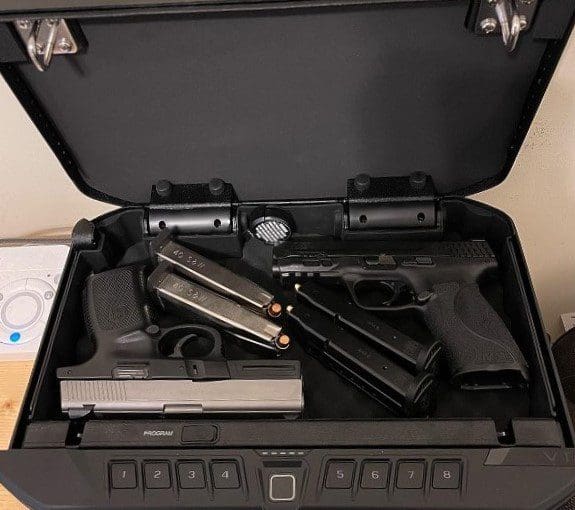

Compact and Convenient
These safes are typically compact enough to be placed in a bedside drawer, a closet shelf, or even mounted to a more concealed location. Their size makes them ideal for apartments or smaller living spaces.
Balancing Security and Accessibility
The challenge with small safes is ensuring they are secure yet accessible. Modern pistol safes often come with biometric locks or quick-access keypads, addressing the concerns about access speed highlighted in the JAMA study.
This technology allows for rapid entry in emergencies while keeping unauthorized users out.
Larger Rifle Safes
Larger rifle safes are designed for long guns and often accommodate multiple firearms.


Enhanced Security for Larger Firearms
They are typically more robust and offer enhanced security features like thicker steel walls and more complex locking mechanisms.
Location Considerations
Due to their size and weight, these safes require more strategic mounting locations.
They are best suited for areas in the home where they can be anchored to the floor or wall, adding an extra layer of security against theft. Basements or ground-floor rooms are often ideal locations.
Addressing Large Safe Concerns
One of the primary concerns, as the JAMA study points out, is the speed of access.
Speed of Access
Manufacturers have responded by integrating technology like electronic locks and fingerprint scanners, which allow for quick access while maintaining security.
Beliefs About Locks
The belief that locks are unnecessary is a significant obstacle to firearm safety. Educating gun owners about the risks associated with unlocked firearms is crucial.
Gun safes should be viewed not as an inconvenience but as a vital component of responsible gun ownership.
Storage Practices and Risk Awareness
The study’s findings on storage practices indicate a need for more awareness about the risks of unlocked firearms.
Gun safes play a crucial role in mitigating these risks, and choosing the right safe is a step toward responsible firearm ownership and injury prevention.
Understanding the different types of gun safes and their specific features is crucial in making an informed decision.
Whether it’s a small pistol safe for quick access or a larger rifle safe for enhanced security, the right choice depends on your individual needs and circumstances.
By addressing common concerns about access speed and security, gun owners can ensure their firearms are stored safely, reducing the risk of accidents and unauthorized access.
Single-Story Home Location Strategies
In single-story houses, the location of a gun safe requires a thoughtful approach that balances accessibility, security, and integration into your living space.
The layout of a single-story home offers unique opportunities and challenges for positioning your firearm storage.
Bedroom Locations
The bedroom is one of the more popular locations to mount your home defense gun safe.
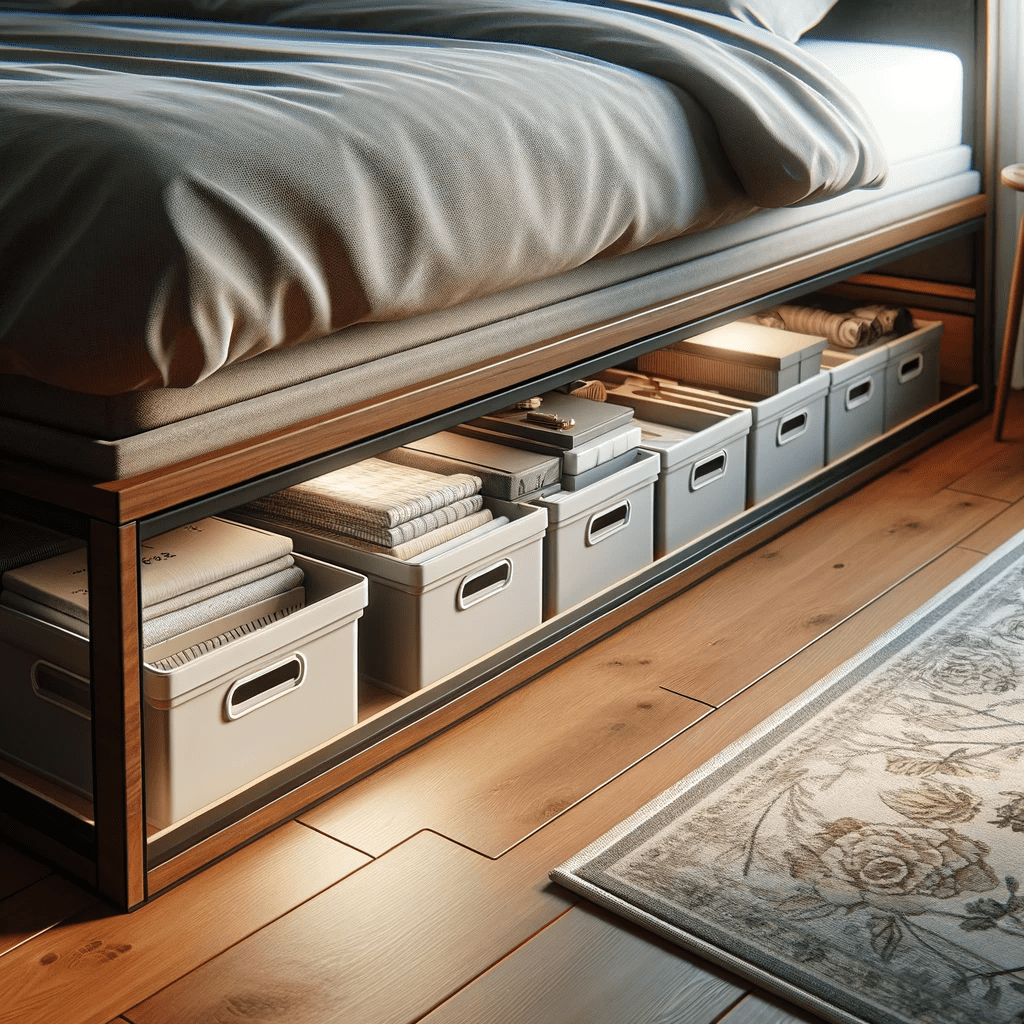

Why It’s Good For Home Defense:
- Accessibility in Emergencies: The bedroom often serves as the primary location for home defense. Putting a gun safe here ensures quick access during nighttime emergencies.
- Privacy and Control: Bedrooms provide a private and controlled environment, reducing the risk of unauthorized access, especially important for homes with children or frequent visitors.
Tactical Considerations:
- Visibility: While accessibility is crucial, it’s also important to consider the visibility of the safe. A too-obvious location might attract unwanted attention.
- Integration with Bedroom Layout: The safe should complement the bedroom’s layout, not obstruct it. This might mean choosing a safe that can be easily concealed or one that blends with the room’s decor.
Closet and Hidden Spaces
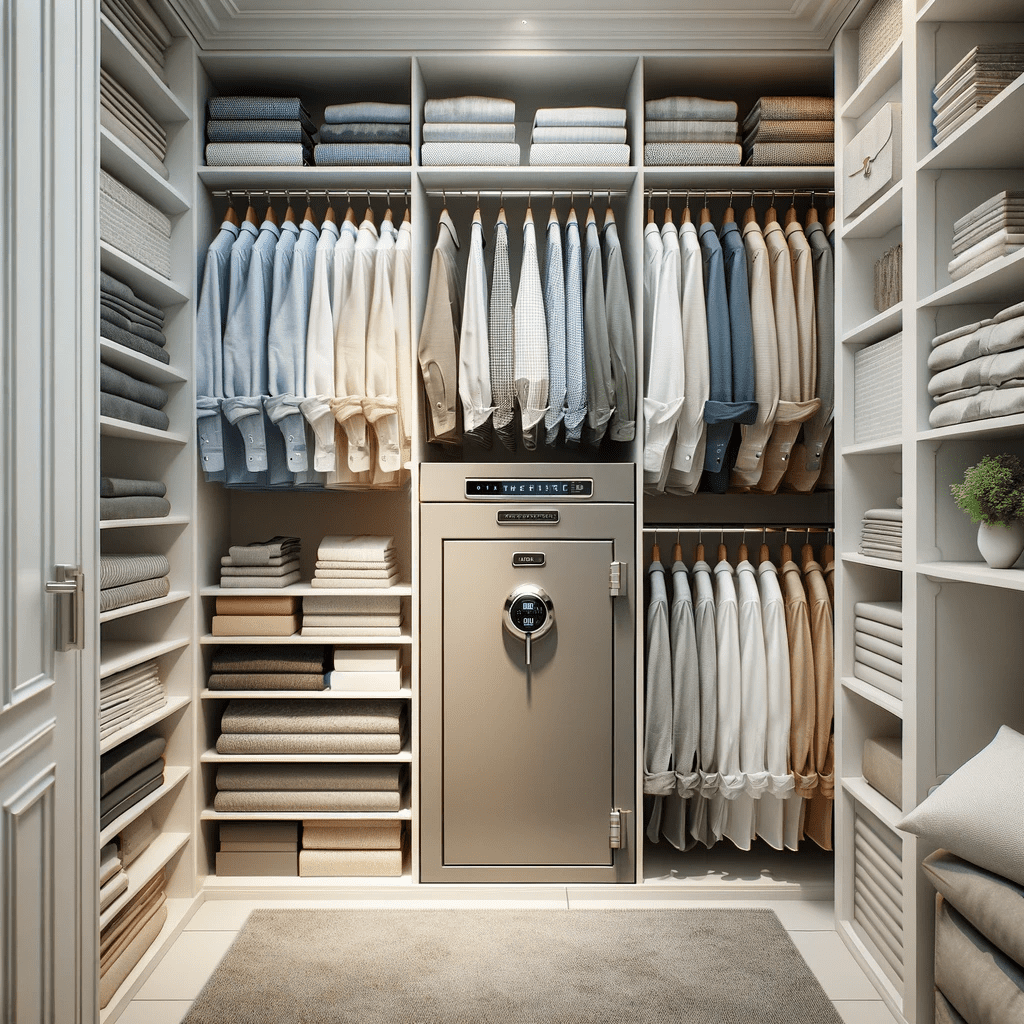

Maximizing Security and Space:
- Out of Sight, Not Out of Reach: Closets and hidden spaces offer an excellent balance of accessibility and concealment. A safe in a closet is less likely to be noticed by guests or intruders but remains easily accessible to the homeowner.
- Utilizing Unused Spaces: Often, there are underutilized spaces in homes, like under the bed or in a corner of a walk-in closet, which can be perfect for a gun safe.
Strategic Locations:
- Near Entry Points: Consider installing safes near potential entry points of the house. This strategy ensures quick access to firearms in case of a break-in.
- Environmental Considerations: Ensure the chosen spot is free from environmental risks like moisture or extreme temperature fluctuations, which can damage firearms.
In single-story homes, the key is to find a balance between a safe’s accessibility and its security.
The location of a gun safe should cater to the homeowner’s lifestyle and the home’s layout, ensuring that the safe is both a functional and integrated part of the living space.
By thoughtfully considering these factors, gun owners can ensure their firearms are stored in a manner that enhances both their safety and their readiness.
Two-Story Home Location Strategies
The dynamics of a two-story house introduce additional considerations for finding ideal gun safe locations within the home.
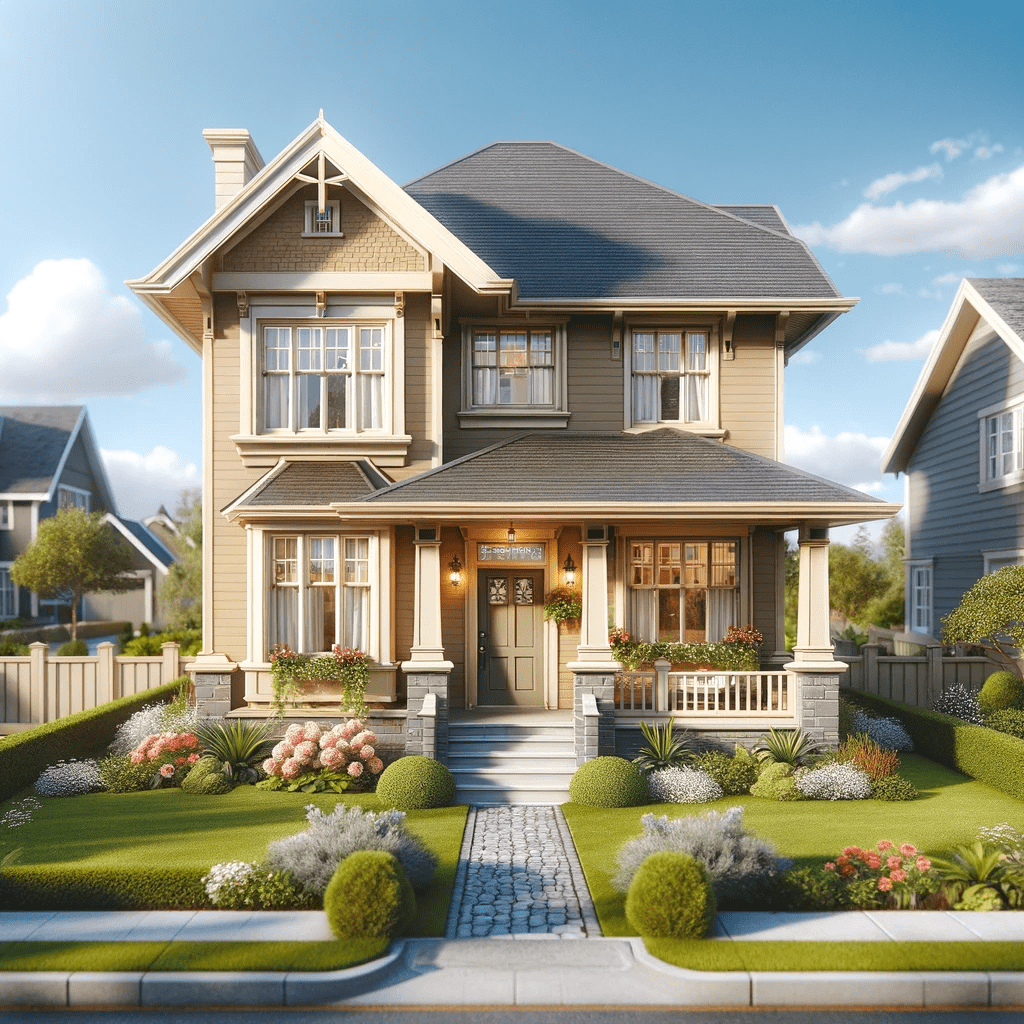

The presence of multiple levels necessitates a strategy that ensures both quick access and security, while also considering the structural integrity of the house.
In two-story homes, the location decision is not just about convenience; it’s about creating a comprehensive home defense plan.
Upper Floor Locations
Although the upper floors of a large home present logistical issues (especially with large safes), it’s usually where the master bedroom resides.


Strategic Advantages:
- Proximity to Bedrooms: Typically, bedrooms are located on the upper floor, making it a strategic location for a gun safe. This mounting location ensures immediate access during nighttime emergencies.
- Reduced Visibility from Outside: Safes on the upper floor are less visible to potential intruders scouting from outside, adding an element of surprise and security.
Structural Considerations:
- Weight Distribution: The weight of larger safes is a critical consideration. Ensure the floor structure can support the safe, especially if it’s intended for long guns.
- Access Routes: Consider the ease of moving the safe to the upper floor. Narrow staircases or turns can pose significant challenges.
Lower Floor and Basement Options
Many gun owners decide to install their gun safe on the ground floor since it’s easier than upstairs.
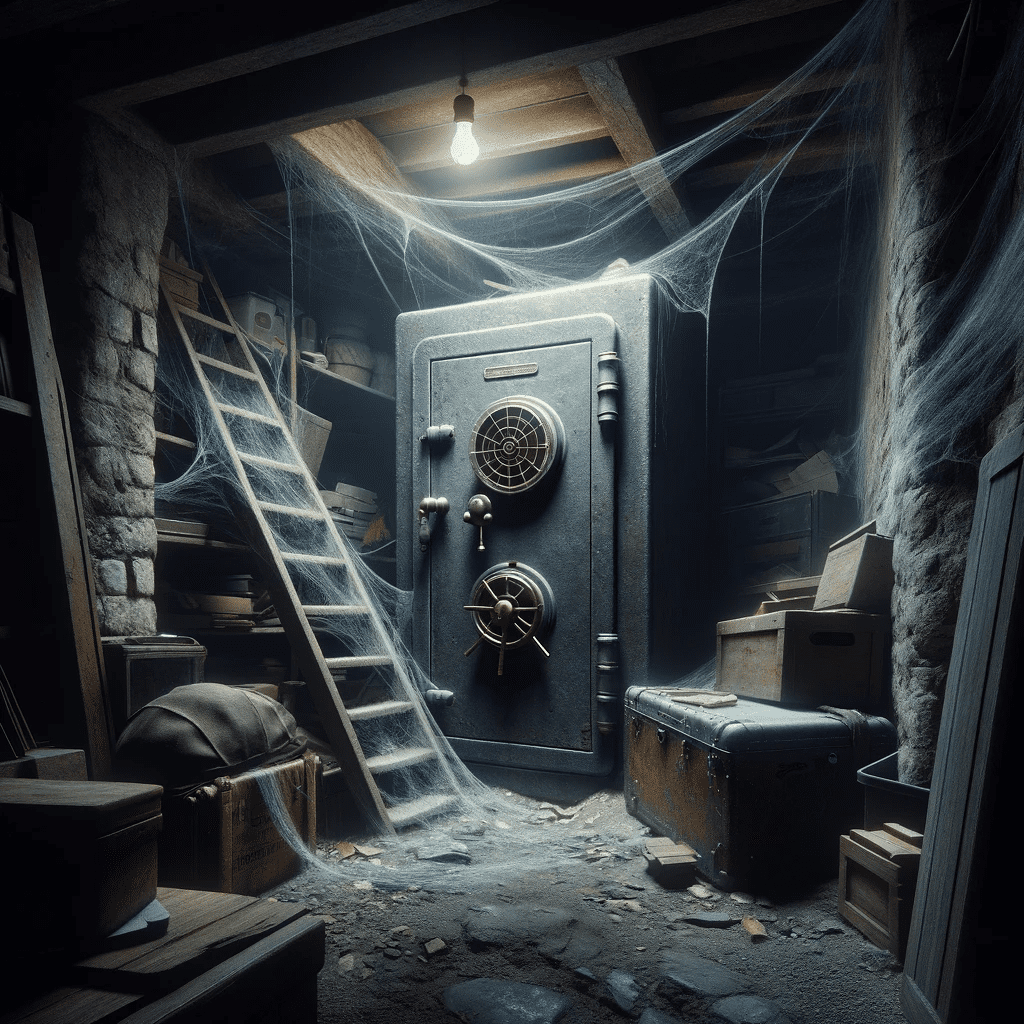

Basements are also popular safe locations, though are geared more towards storage rather than home defense.
Enhanced Security:
- Foundation Support: The ground floor or basement can often support heavier safes without structural concerns. This allows for larger, more secure safes to be used.
- Natural Concealment: Basements, in particular, offer natural concealment and are less frequented by guests, reducing the risk of accidental discovery.
Tactical Locations:
- Near Main Entry Points: Installing a safe on the lower floor near the main entry points can be advantageous for quick access in case of a break-in.
- Environmental Risks: Basements can be prone to dampness or flooding. Ensure the safe is placed in a dry, well-ventilated area to protect the firearms from moisture damage.
In two-story houses, the location of a gun safe should be a deliberate decision that factors in the unique layout and structural aspects of the home.
The goal is to ensure that the safe is accessible when needed, yet discreet enough to not draw attention.
By carefully considering the location on each floor, homeowners can create a balanced approach to firearm safety and accessibility, ensuring they are prepared for any situation while maintaining the integrity and aesthetics of their home.
Locations For Under The Floor Safes
In the realm of finding good safe locations, an often-overlooked option is under the floor.
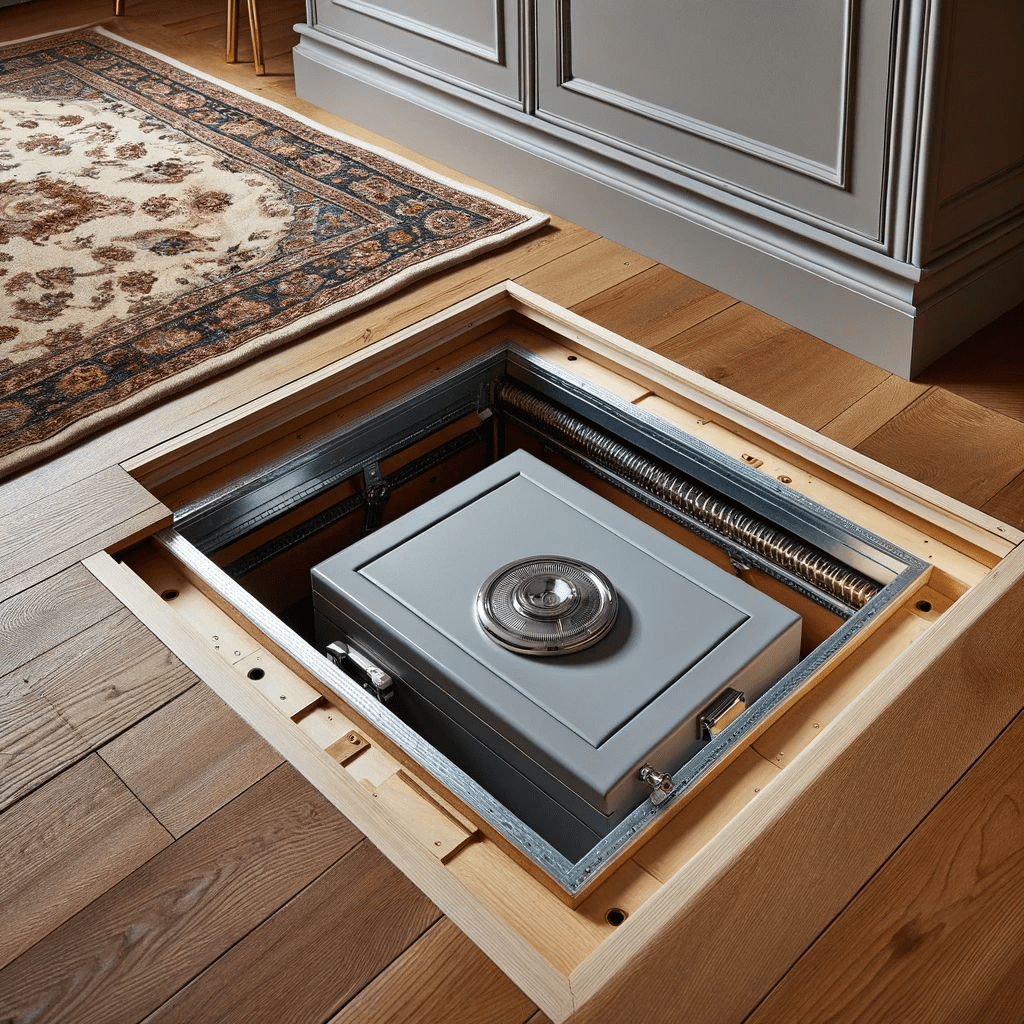

This choice marries the elements of utmost concealment and innovative use of space, particularly in homes where every square foot counts.
Maximizing Concealment and Space
Underfloor safe installations may require a lot of careful planning (and requires destroying your flooring) but once mounted it’s like it was never there!
Ingenious Use of Hidden Space:
- Ultimate Discretion: Under-the-floor safes offer a level of concealment unmatched by more traditional locations. Tucked away beneath your feet, these safes are virtually invisible to the casual observer and even to the more determined intruder.
- Space Efficiency: This option is a boon for those with limited space. By utilizing the area beneath the floor, you can free up living space while still providing secure firearm storage.
Installation and Accessibility Considerations
Whether you’re a seasoned DIYer or hire professional help, careful planning is required around how accessible you want the safe to be.
Strategic Installation:
- Professional Installation Recommended: Installing an under-the-floor safe often requires professional help, especially to ensure that it doesn’t compromise the structural integrity of your home.
- Accessibility Trade-Off: While offering excellent concealment, these safes may not be as quickly accessible as other types. It’s crucial to balance the need for concealment with the potential need for rapid access in an emergency.
Under-the-floor safes represent a unique solution for gun owners, particularly those who prioritize discretion and space-saving.
While they offer unparalleled concealment, it’s important to weigh the accessibility aspect and ensure professional installation for safety and effectiveness.
Apartment Gun Safe Locations
When it comes to apartments, the location of your gun safe requires strategic thinking to balance the constraints of limited space with the need for quick access and security.
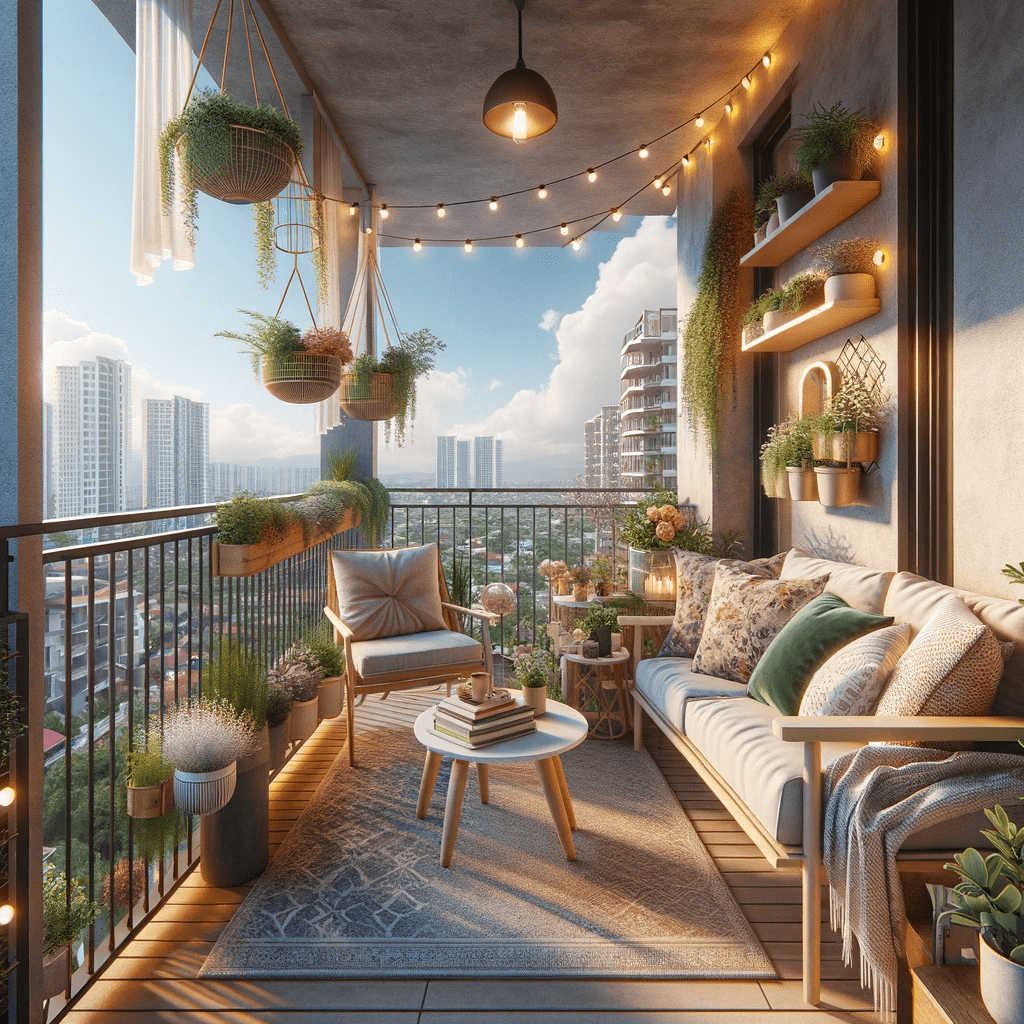

Apartment dwellers face unique challenges, such as lease restrictions, closer proximity to neighbors, and often, a lack of permanent installation options.
Balancing Visibility and Accessibility
In apartments, the key is to find innovative solutions that respect the limitations of the space while ensuring that firearms are stored securely and remain accessible.
Discreet Yet Accessible Locations:
- Creative Use of Furniture: Utilize furniture like wardrobes or bookshelves to conceal safes while keeping them accessible. This approach maintains aesthetics without compromising on security.
- Bedroom Versus Living Areas: Weigh the pros and cons of installing the safe in the bedroom for quick nighttime access against a living area for daytime accessibility, considering your daily routine and home layout.
Working with Space Limitations
Careful planning is essential when working within the limitations of smaller spaces.
Compact Safe Options:
- Under-Bed Safes: These safes offer a blend of concealment and accessibility, making efficient use of often unused space.
- Wall-Mounted or Shelf Safes: These are ideal for making the most of vertical space, especially in areas where floor space is at a premium.
Lease Considerations:
- Non-Permanent Installations: Opt for safes that don’t require drilling or permanent modifications, which can be a concern in rental properties.
- Portable Safes: For those who move frequently, portable safes offer a balance between security and the flexibility of relocation.
Final Thoughts
As the study in JAMA Network Open points out, “increasing the use of secure storage may require addressing concerns about access speed and clarifying the risks associated with unlocked firearms.”
This statement resonates deeply with the ethos of responsible gun ownership. Whether living in a spacious house or a compact apartment, the final location of your gun safe is a critical decision that impacts not just your safety but also the well-being of those around you.
By thoughtfully considering the unique aspects of your living space and balancing the need for security with accessibility, you can ensure that your firearms are stored in a way that upholds the highest standards of safety while fulfilling your home defense strategies.



